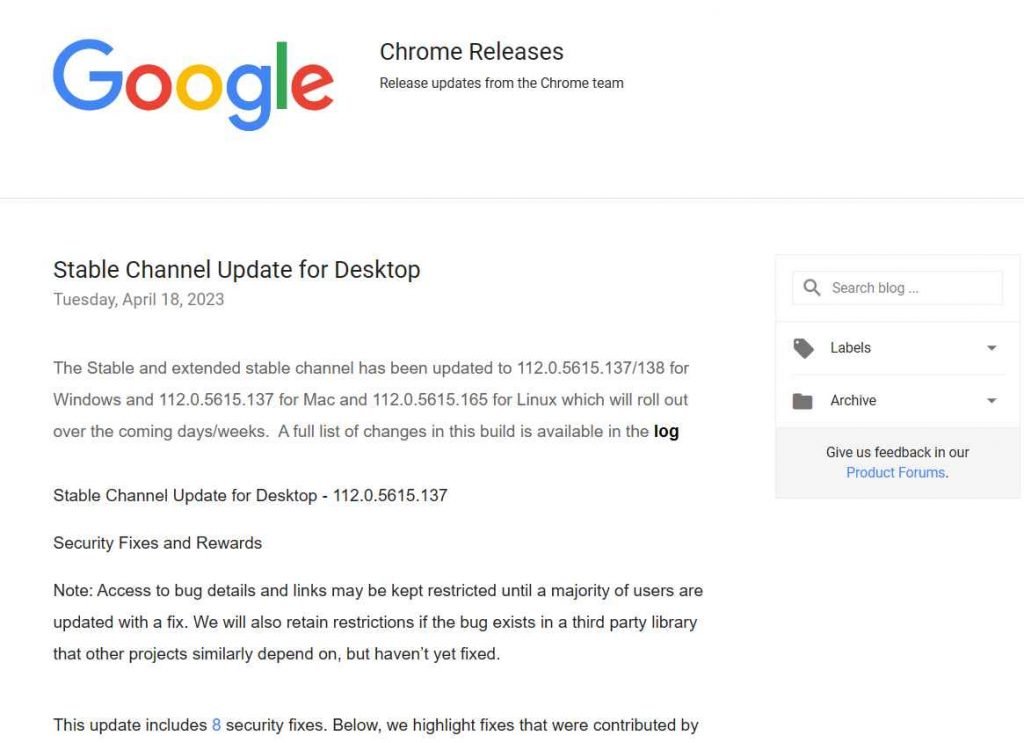Here are some of the main benefits of using Burp Suite Professional — specifically from the perspective of a professional services consultant doing security assessments, penetration testing, or audits for clients. I highlight where Burp Pro gives real value in a professional consulting context.
✅ Why consultants often prefer Burp Suite Professional
- Comprehensive, all-in-one toolkit for web-app testing
Burp Pro bundles proxying, crawling/spidering, vulnerability scanning, request replay/manipulation, fuzzing/brute forcing, token/sequence analysis, and more — all in a single product. This lets a consultant perform full-scope web application assessments without needing to stitch together many standalone tools. - Automated scanning + manual testing — balanced for real-world audits
As a consultant you often need to combine speed (to scan large or complex applications) and depth (to manually investigate subtle issues or business-logic flaws). Burp Pro’s automated scanner quickly highlights many common flaws (e.g. SQLi, XSS, insecure configs), while its manual tools (proxy, repeater, intruder, etc.) allow fine-grained verification and advanced exploitation. - Discovery of “hidden” or non-obvious issues / attack surfaces
The crawler/spider + discovery features help map out a target application’s entire attack surface — including hidden endpoints, unlinked pages or API endpoints — which consultants need to find when doing thorough security reviews. - Flexibility for complex or modern web apps (APIs, SPAs, WebSockets, etc.)
Many modern applications use single-page frameworks, APIs, WebSockets, token-based auth, etc. Burp Pro supports testing these complex setups (e.g. handling HTTPS, WebSockets, JSON APIs), enabling consultants to operate effectively even on modern, dynamic web applications. - Extensibility and custom workflows tailored to client needs
Through the built-in extension store (the “BApp Store”), and via scripting/custom plugins, consultants can customize Burp Pro to fit the unique architecture or threat model of a client’s environment — which is crucial in professional consulting where every client is different. - Professional-grade reporting & audit deliverables
Consultants often need to deliver clear, structured, prioritized vulnerability reports to clients or stakeholders. Burp Pro supports detailed reporting, with evidence, severity, context — making it easier to communicate findings and remediation steps. - Efficiency and productivity: saves time and resources
By automating large parts of scanning and combining multiple tools in one, Burp Pro helps consultants complete engagements faster — freeing time for deeper manual analysis, more clients, or more thorough work. - Up-to-date detection logic and community / vendor support
As new web-app vulnerabilities and attack vectors emerge, Burp Pro (supported by its vendor and community) gets updates and new detection logic — which helps consultants stay current and offer reliable security assessments.
🚨 React2Shell detection is now available in Burp Suite Professional & Burp Suite DAST.
The critical React/Next.js vulnerability (CVE-2025-55182 / 66478) is circulating fast. You can already detect
🎯 What this enables in a Consulting / Professional Services Context
Using Burp Suite Professional allows a consultant to:
- Provide comprehensive security audits covering a broad attack surface — from standard web pages to APIs, dynamic front-ends, and even modern client-side logic.
- Combine fast automated scanning with deep manual review, giving confidence that both common and subtle or business-logic vulnerabilities are identified.
- Deliver clear, actionable reports and remediation guidance — a must when working with clients or stakeholders who need to understand risk and prioritize fixes.
- Adapt quickly to different client environments — thanks to extensions, custom workflows, and configurability.
- Scale testing work: for example, map and scan large applications efficiently, then focus consultant time on validating and exploiting deeper issues rather than chasing basic ones.
- Maintain a professional standard of work — many clients expect usage of recognized tools, reproducible evidence, and thorough testing, all of which Burp Pro supports.
✅ Summary — Pro version pays off in consulting work
For a security consultant, Burp Suite Professional isn’t just a “nice to have” — it often becomes a core piece of the toolset. Its mix of automation, manual flexibility, extensibility, and reporting makes it highly suitable for professional-grade penetration testing, audits, and security assessments. While there are other tools out there, the breadth and polish of Burp Pro tends to make it “default standard” in many consulting engagements.

At DISC InfoSec, we provide comprehensive security audits that cover your entire digital attack surface — from standard web pages to APIs, dynamic front-ends, and even modern client-side logic. Our expert team not only identifies vulnerabilities but also delivers a tailored mitigation plan designed to reduce risks and provide assurance against potential security incidents. With DISC InfoSec, you gain the confidence that your applications and data are protected, while staying ahead of emerging threats.
InfoSec services | ISMS Services | AIMS Services | InfoSec books | Follow our blog | DISC llc is listed on The vCISO Directory | ISO 27k Chat bot | Comprehensive vCISO Services | Security Risk Assessment Services | Mergers and Acquisition Security




























